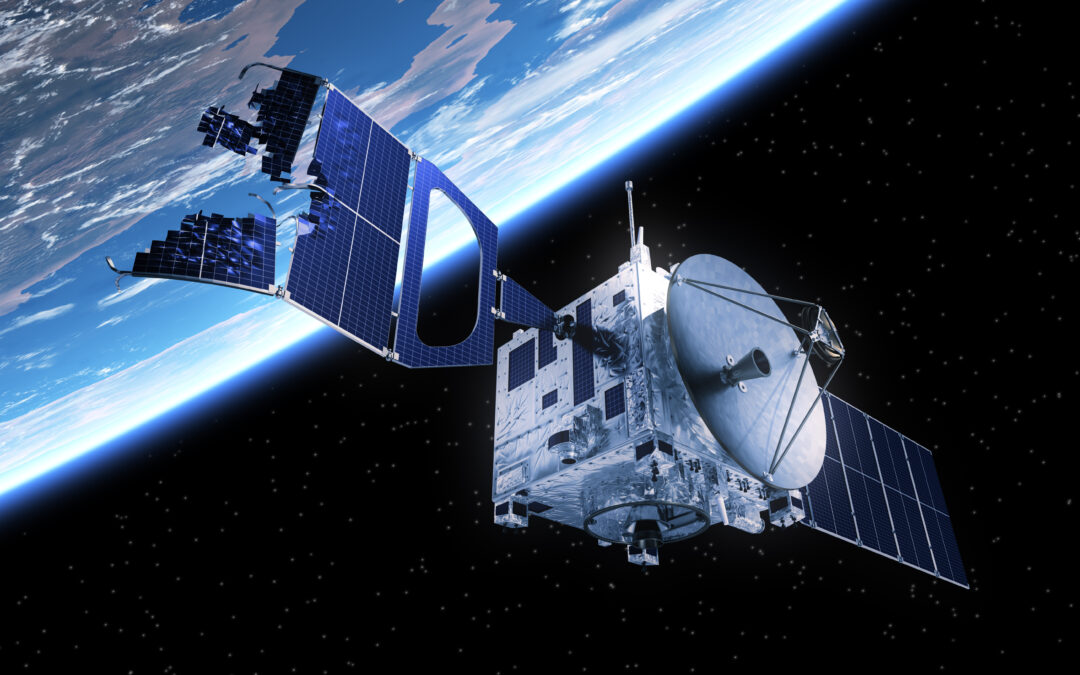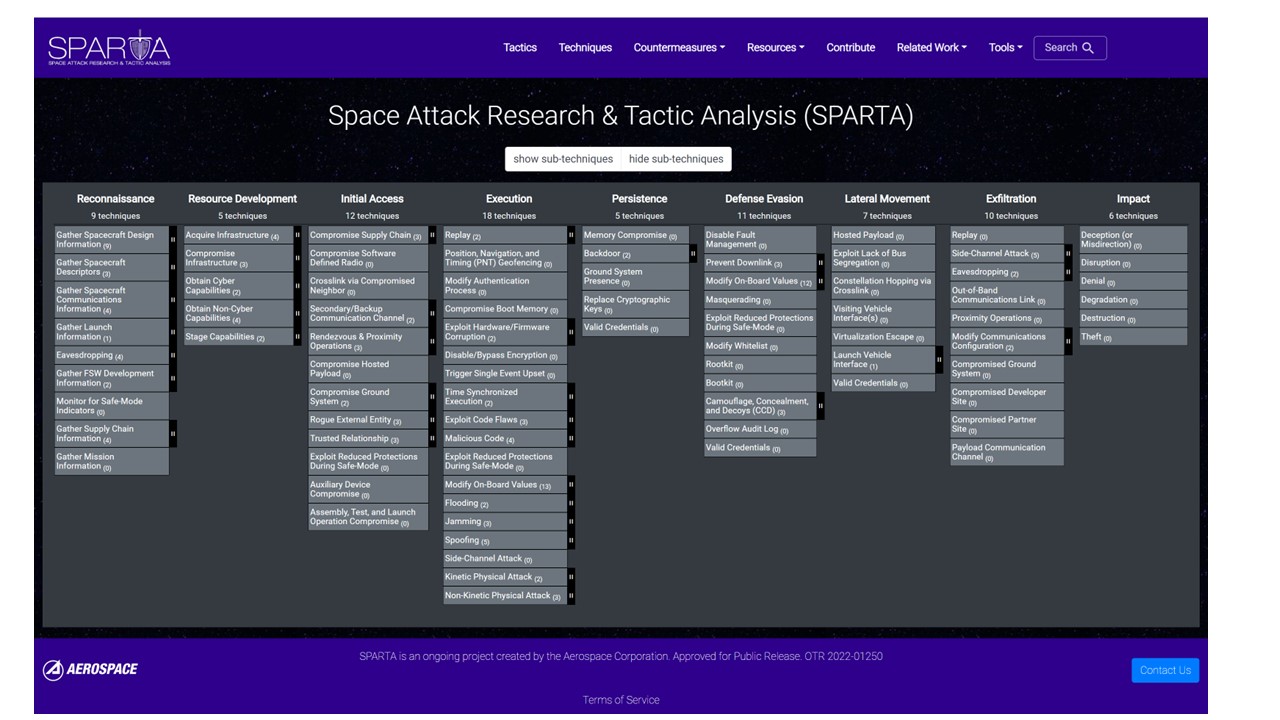Image: Shutterstock
What’s New: A systematic way of looking at how spacecraft can be attacked, intentionally damaged, and otherwise compromised. The matrix lists 83 primary techniques and dozens more sub-techniques.
Why It’s Important: Many folks think that putting important assets in space makes them more difficult to attack and helps keep them safe. This shows it just changes the kinds of threats and dangers we need to worry about.
What Else to Know:
- The matrix does not include non-hostile threats like space debris and solar activity. When you add all the threats together, space is a pretty dangerous place.
- One way to protect space assets from deliberate attack is to make them less attractive targets.
- For GPS, one way of doing that is to provide civil and military users one or more alternative sources of PNT.
- If adversaries* know GPS users have another PNT source, they are less likely to attack satellites and/or signals. – Why would they bother?
- This means GPS would be safer and more reliable.
- We are pretty sure providing all Americans one or more alternative sources of PNT is the least expensive and most effective way to protect GPS satellites, signals, and users.
*Lots of “adversaries” attack GPS every day. They range from individuals who jam because they want to conceal their location, to nation states attacking each other, defending themselves from attack, or both. We are fortunate these attacks have been limited, so far, to signals and specific regions. Yet many nation states have the ability to deny signals and deceive receivers over very wide areas, some event across the globe. A few can mount credible cyber attacks on satellites, and some have shown they can attack kinetically.

Related Videos:
DEF CON 2020: Exploiting Spacecraft
DEF CON 2021: Unboxing the Spacecraft Software BlackBox Hunting for Vulnerabilities
DEF CON 2022: Hunting for Spacecraft Zero Days using Digital Twins



